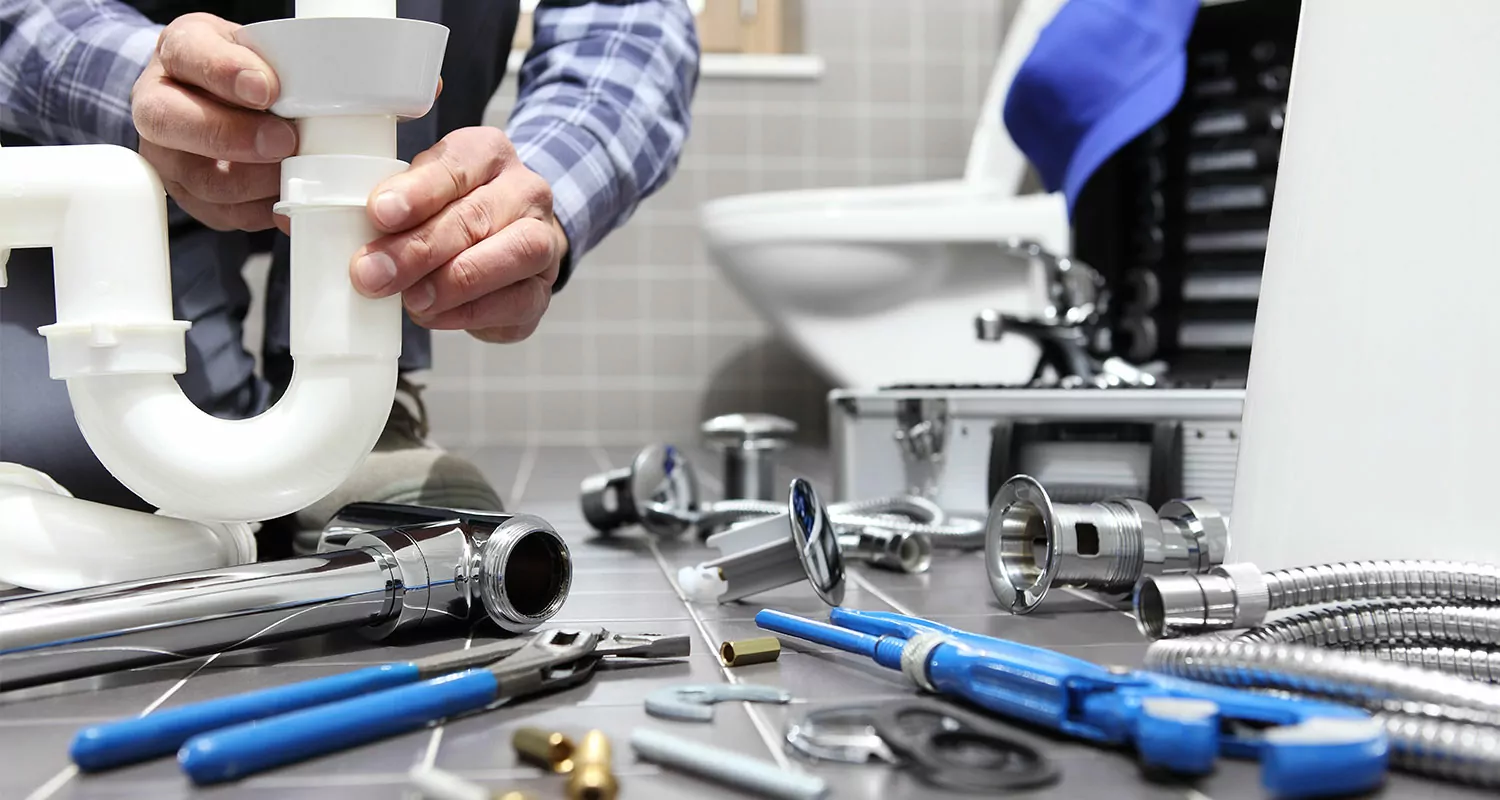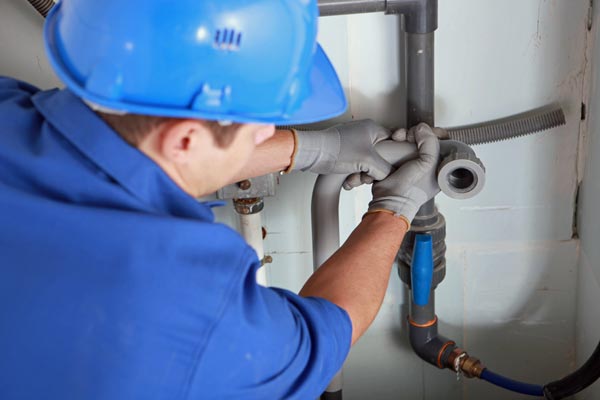Glimpses into the Future of Plumbing: Developments and Innovations
Glimpses into the Future of Plumbing: Developments and Innovations
Blog Article
On this page further down you will discover more great resources when it comes to Innovative Plumbing Trends Transforming Construction.

Introduction
The pipes industry is undertaking a transformative phase driven by technological innovations and growing problems for sustainability and performance. This write-up explores arising patterns and innovations forming the future of plumbing.
Smart Plumbing Equipments
Integrating smart technology right into plumbing systems makes it possible for remote surveillance, leak detection, and automated upkeep. Smart sensing units and IoT (Internet of Things) devices allow homeowners and plumbings to keep an eye on water use and discover concerns in real-time, bring about more reliable resource management and aggressive upkeep.
Water Effectiveness Solutions
With enhancing focus on water preservation, ingenious remedies are being developed to reduce water waste in pipes systems. High-efficiency components, greywater recycling systems, and smart irrigation controllers are amongst the technologies assisting consumers minimize their water impact while maintaining comfort and comfort.
Sustainable Materials
The change towards sustainability encompasses pipes materials, with a growing preference for green alternatives. Eco-friendly piping products, such as PEX (cross-linked polyethylene) and HDPE (high-density polyethylene), offer resilience and resistance to rust without endangering environmental stability.
Predictive Maintenance
Anticipating maintenance strategies leverage information analytics and artificial intelligence formulas to anticipate and protect against pipes issues before they happen. By examining historic information and efficiency metrics, anticipating upkeep algorithms can determine patterns and anomalies, making it possible for proactive treatments to prevent costly repair work and disturbances.
Increased Fact in Plumbing
Increased Truth (AR) innovation is reinventing plumbing by supplying service technicians with real-time visual support for troubleshooting and repair work tasks. AR-enabled clever glasses or mobile applications overlay electronic information onto the physical environment, assisting plumbing professionals imagine pipeline layouts, determine hidden leakages, and carry out repairs with precision.
Impact of 3D Printing
The introduction of 3D printing has introduced new possibilities in producing plumbing components. From custom-designed components to complex pipe installations, 3D printing allows for quick prototyping and on-demand manufacturing, lowering lead times and enabling greater personalization in pipes design.
Health and Safety Features
In response to heightened worries for health and wellness, pipes fixtures are including features such as antimicrobial surfaces, touchless operation, and self-cleaning systems. These advancements not only improve health however additionally advertise individual convenience and ease.
Hygiene-focused Components
Touchless faucets, self-sanitizing commodes, and antimicrobial surfaces are coming to be increasingly widespread in property and industrial settings, lessening the risk of bacterium transmission and promoting a cleaner, healthier environment.
Water Top Quality Surveillance
Improvements in water high quality monitoring technologies allow home owners to keep an eye on the pureness and safety and security of their water supply in real-time. Smart water quality sensors can detect impurities, pH degrees, and temperature variations, equipping individuals to take positive actions to guarantee water safety.
Remote Plumbing Providers
Remote diagnostics and virtual support are transforming the method plumbing services are supplied. Via video conferencing and remote gain access to technologies, plumbers can fix issues, offer advice for DIY repair work, and even carry out remote inspections, supplying higher accessibility and benefit to house owners.
Challenges and Opportunities
While pipes innovations hold immense pledge, they additionally present difficulties such as data privacy worries, regulatory compliance, and the need for workforce training. Attending to these obstacles calls for partnership in between market stakeholders and regulative bodies to make sure safe and liable application of brand-new technologies.
Governing Landscape
Regulatory frameworks play an important duty fit the fostering of pipes advancements, with requirements and codes controling every little thing from water effectiveness to product safety and security. As modern technologies remain to advance, governing bodies need to adjust to make sure customer protection and ecological stewardship.
Future Outlook
The future of plumbing is defined by continued development and integration with other fields such as IoT, renewable energy, and structure automation. By embracing sustainable techniques, leveraging emerging technologies, and focusing on user-centric design, the pipes sector is positioned to attend to the developing demands of society while decreasing its ecological footprint.
Conclusion
Finally, the future of plumbing is defined by a merging of innovation, sustainability, and user-centric design. By accepting clever solutions, lasting materials, and proactive upkeep practices, the plumbing market can enhance effectiveness, promote safety and security, and add to a more sustainable future.
Plumbing Industry Trends You Need To Know
Smart technology in plumbing
Homeowners want to be able to manage their homes from their phones. The technology exists to make that happen. From smart toilets to leak detector devices, the whole plumbing system can be managed on an interconnected network made up of sensors, IoT devices, and machine learning algorithms.
This allows for wireless control to turn appliances on and off, automate routines, and access advanced monitoring to track water usage and flag potential issues. Smart technology streamlines water consumption, maintenance and energy usage, creating a more efficient system.
Green plumbing
The data analysis possible with smart technology not only improves convenience and cost-effectiveness but also fulfills a high-priority customer desire – sustainability. Consumers are very aware of their impact on the planet and want plumbing solutions to reduce damage and support sustainability. Eco-friendly plumbing solutions are already starting to emerge.
Customers can opt for low-flow toilets, water-saving faucets, and connections to sustainable energy sources. Beyond monitoring water consumption, customers can conserve water through the installation of greywater systems. This is a system that collects water that has been used but is still clean enough for some household uses such as toilet flushing.
Shorter product pipeline
To keep up with modern plumbing, plumbers need modern tools that enable them to complete jobs more efficiently. One technology making strides in this area is 3D printing. By 3D printing key plumbing fixtures, plumbers can reduce wait times even for specialized fixtures. It minimizes delays often seen in traditional manufacturing that frustrate customers and prevent plumbers from taking on more work.
Off-site repairs
Augmented reality is making a splash in many industries including plumbing. Plumbers can map a building online so they can explore the plumbing system through augmented reality, identifying areas of maintenance and repair completely digitally. This technology can be applied quite widely in plumbers’ work including planning installations and training new recruits. It’s safer, smarter and more efficient.
Low-footprint materials
Another way for plumbing companies to reduce their environmental footprint and meet the customer demand for sustainability is by using recycled materials in their work. The products they source and manufacture such as pipes, fixtures and faucets can be made from recycled materials. This saves the planet while being just as effective.
Onsite water purification
Additionally, plumbing companies can be advocates of water conservation and ease the financial and environmental concerns of customers by offering water purification systems. New water purification technology such as reverse osmosis systems and UV systems make it possible for homeowners and business owners to thoroughly cleanse water, removing contaminants onsite. This means the water can be safely reused in more ways than greywater can be, establishing a water recycling loop.
Tankless water heaters
Another innovation of modern plumbing is tankless water heaters. The idea is that the water is heated on demand as it runs through the system instead of being heated in a water tank. This is more energy efficient and therefore cost-effective and eco-friendly because water isn’t heated needlessly.

Do you enjoy reading up on 7 Plumbing Industry Trends You Need To Know? Leave a remark down below. We will be happy to find out your feelings about this blog post. Hoping that you visit us again soon. If you enjoyed reading our blog entry plz remember to pass it around. Thank-you for going through it.
Click Here Report this page